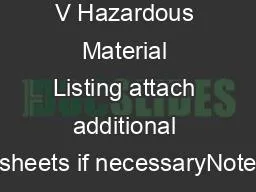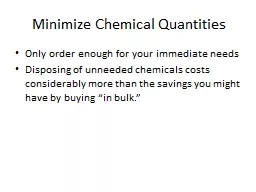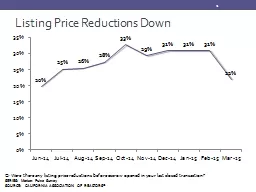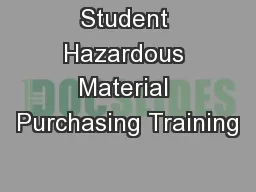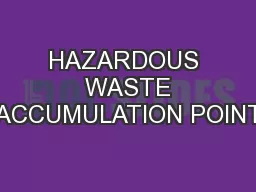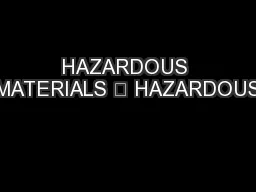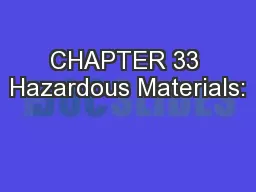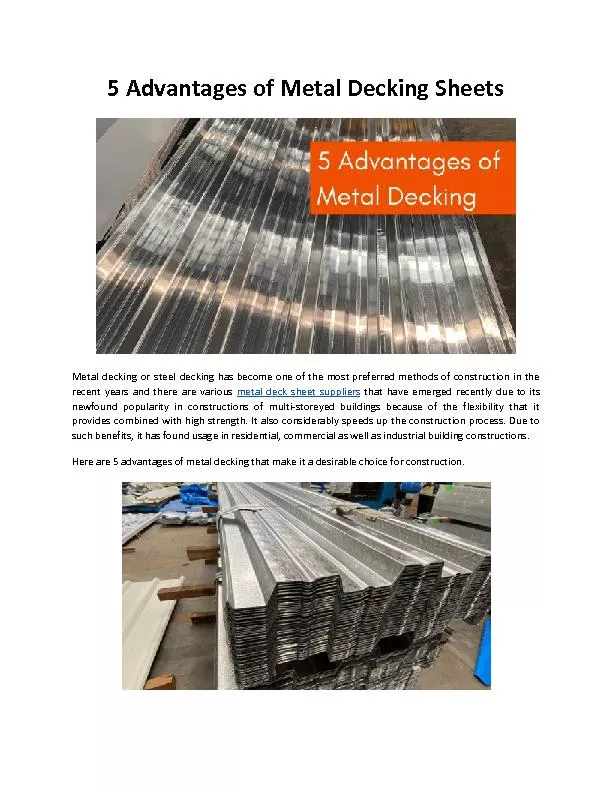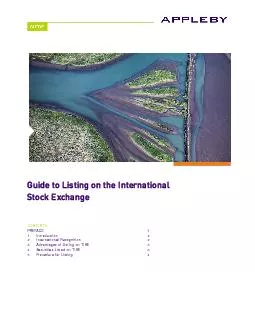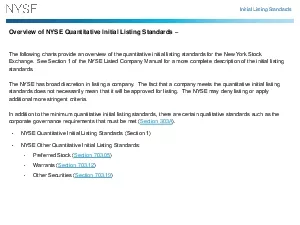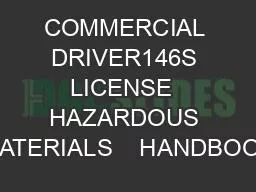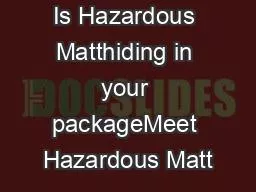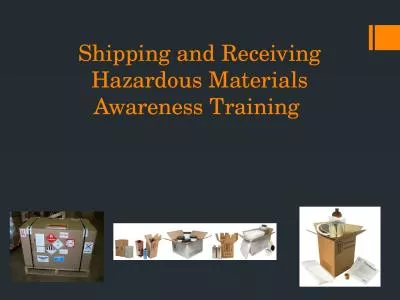PDF-V Hazardous Material Listing attach additional sheets if necessaryNote
Author : eddey | Published Date : 2021-09-28
Instructions for Hazardous Material ListingIdentifying Symbol This area identifies different classes of hazardous material Most material will fall within one of
Presentation Embed Code
Download Presentation
Download Presentation The PPT/PDF document "V Hazardous Material Listing attach addi..." is the property of its rightful owner. Permission is granted to download and print the materials on this website for personal, non-commercial use only, and to display it on your personal computer provided you do not modify the materials and that you retain all copyright notices contained in the materials. By downloading content from our website, you accept the terms of this agreement.
V Hazardous Material Listing attach additional sheets if necessaryNote: Transcript
Download Rules Of Document
"V Hazardous Material Listing attach additional sheets if necessaryNote"The content belongs to its owner. You may download and print it for personal use, without modification, and keep all copyright notices. By downloading, you agree to these terms.
Related Documents

